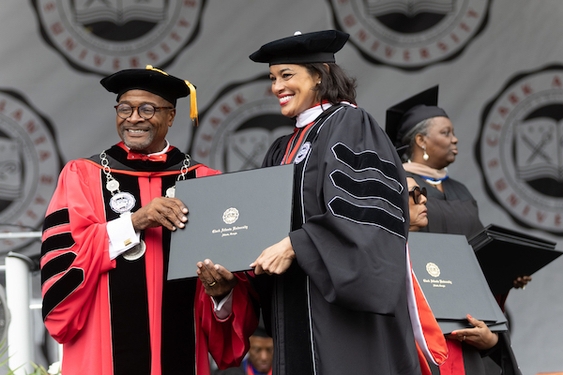In a recent study, active learning cut the test score gap between first-generation students and other students, as well as doubled black students and first-generation students' average test scores when compared to other students, reports The New York Times.
Active learning involves more student participation, interaction and in-class activities.
According to one of the study's authors, Kelly A. Hogan from the University of North Carolina, this type of learning helps disadvantage students who come to college with poorer study skills learn those skills. It seems to work much better than a "traditional" lecture class.
"In a traditional lecture course, [students are] not held accountable for being prepared for class, and they really don’t need to be, because an instructor is going to tell them everything he or she wants them to know,” Hogan explained to The Times. "Would you read a report for a meeting if you knew your boss was going to spend 15 minutes summarizing it for you? I know I wouldn’t.”
Read the full story on The New York Times.




